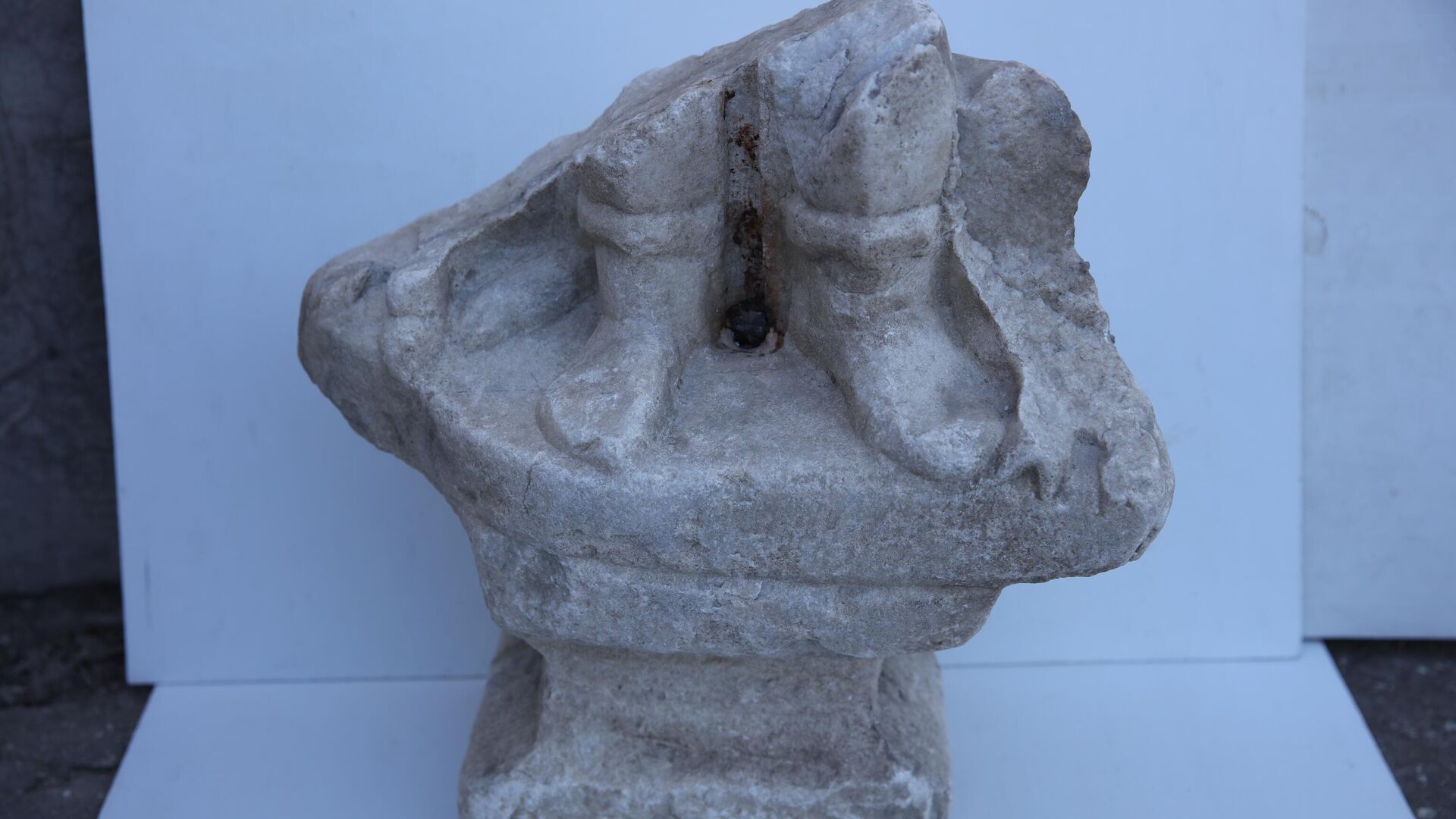
MOSCOW, July 25. A fragment of a late antique sculpture was discovered during excavations of ancient Chersonesos in a deep well by archaeologists from the State Museum-Reserve «Tauric Chersonesos». In their opinion, the sculpture was created in the 3rd-4th centuries AD and depicts Jesus Christ as the Good Shepherd, the organization's press service reported.
The well in which the find was made was located outside the ancient defensive walls and was well preserved, noted Daniil Kostromichev, head of the «Mounted Settlement and Necropolis» department of the State Museum-Reserve «Tauric Chersonesos».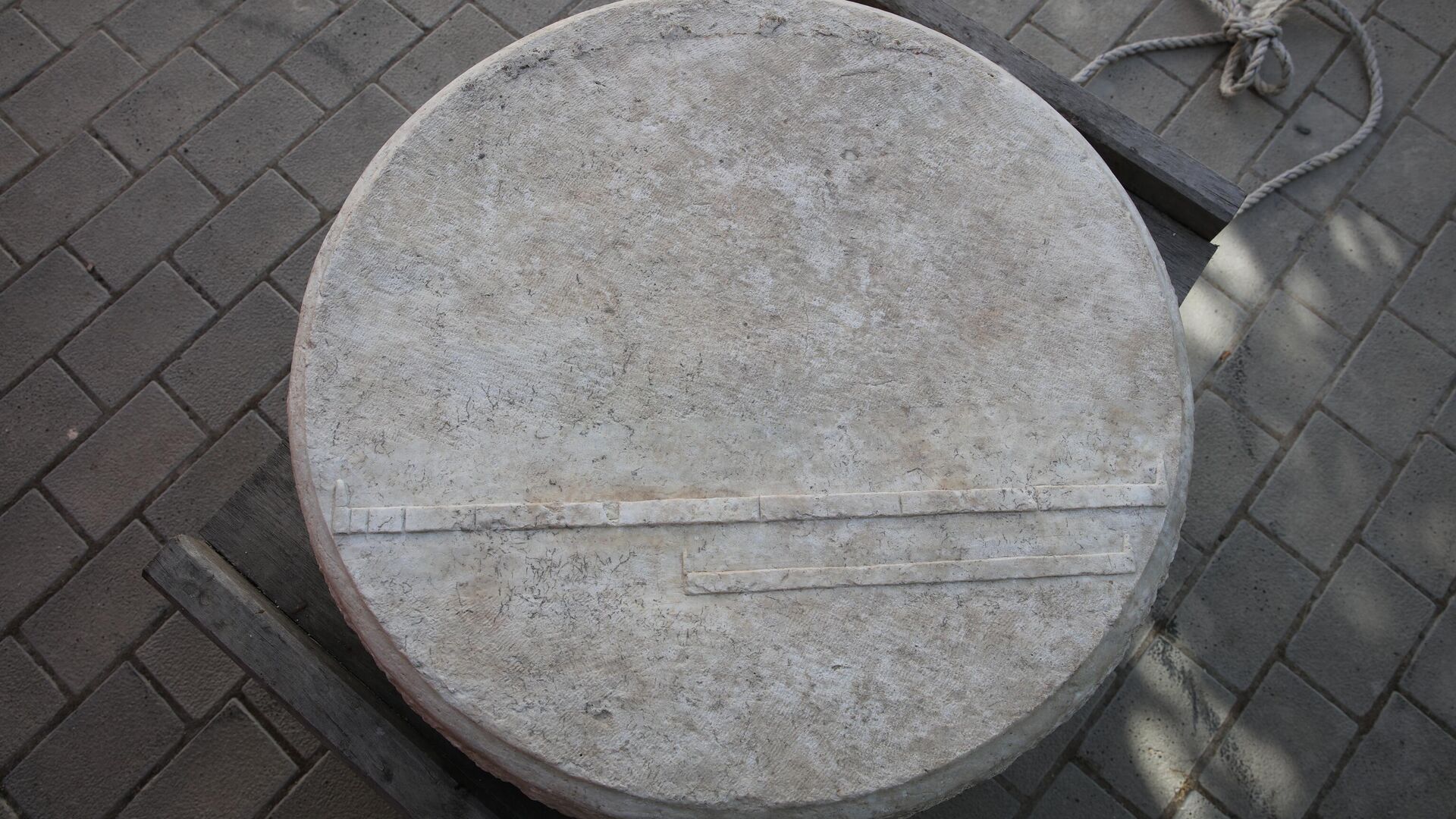
According to him, filling the well turned out to be quite unusual. The top five meters of the fill consisted exclusively of stones; there was practically no soil or fragments of ceramics.
«At the base of this stone filling, we found a fragment of a marble sculpture. It is a pedestal in the form of an altar, on which we see part of a sculptural composition: male legs, shod in soft boots, with the remains of the hooves of animals lying nearby. We have established that this is an image of the Good Shepherd, known in early Christian art,» Kostromichev said.
The scientist suggested that the sculpture could have been part of the support of a liturgical table, since in the 3rd-4th centuries AD it was common to decorate support legs with sculptures with allegorical images. The table itself was once part of the liturgical space of an early Christian church.
He noted that the parable of the shepherd who rejoices at the return of the lost sheep to the flock is put into the mouth of Jesus by the evangelists Matthew and Luke. The sculptural depiction of this episode refers to the ideas of forgiveness, repentance and penitence.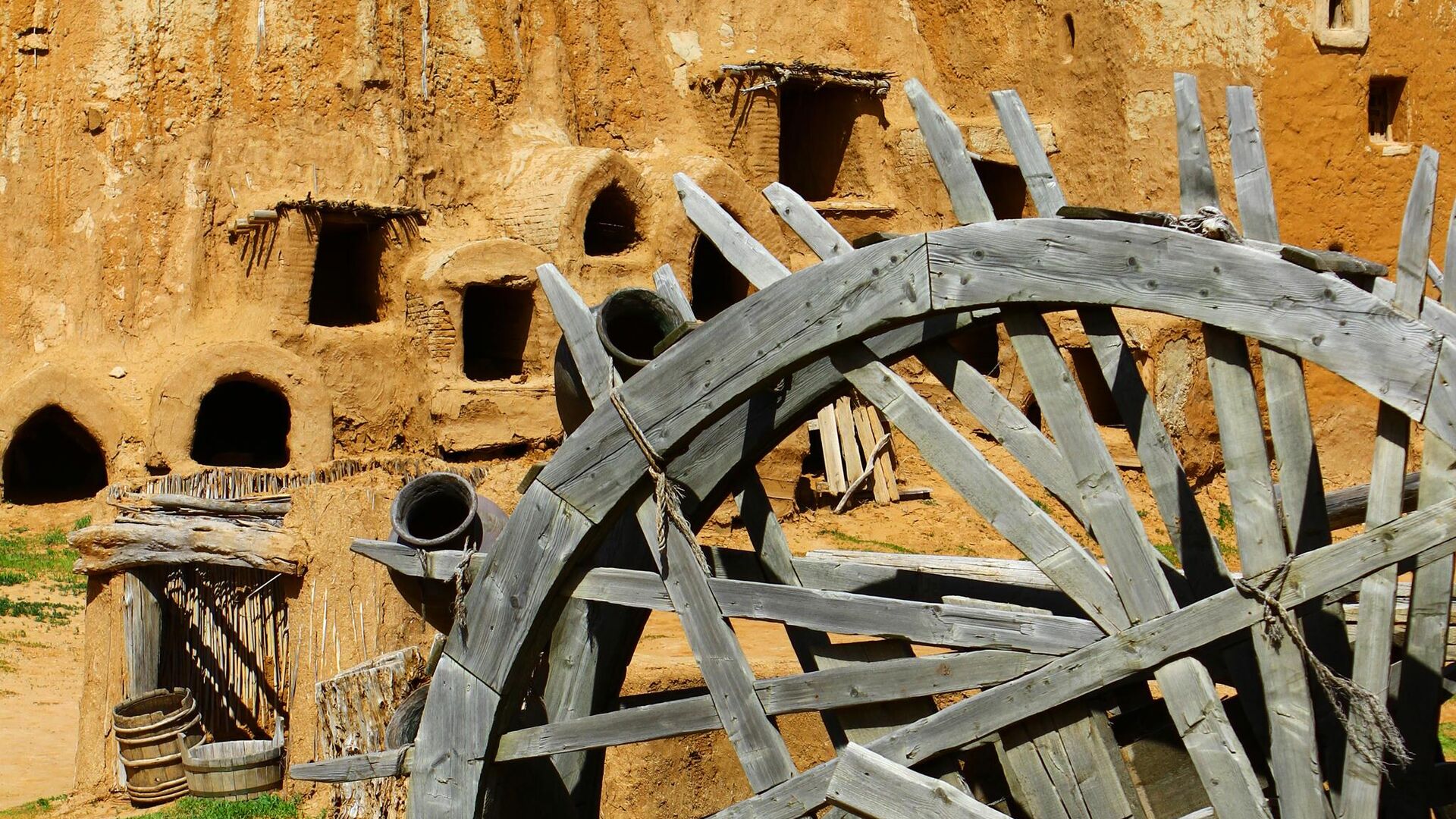
«The image of the Good Shepherd — a shepherd carrying a sheep or a ram — had the most important symbolic meaning in early Christian art, embodying love for one's neighbor. The Good Shepherd became the image of Christ himself. In the Gospel of John, Christ said of himself: «I am the good shepherd. The good shepherd lays down his life for the sheep,» Kostromichev explained.
The earliest archaeological artifacts associated with the spread of Christianity in Chersonesos date back to the end of the 3rd – beginning of the 4th century AD, said Larisa Sedikova, deputy director for research at the State Museum-Reserve «Tauric Chersonesos».
«The Chersonesos diocese was formed in the last quarter of the 4th century. We do not know what the first Christian churches of the city looked like, but finds like the recent one were probably part of their interiors,» she said.
The symbolic image of the Good Shepherd is known in early Christian catacomb painting, mosaics, sculpture, and small-scale art, noted Natalia Ginkut, scientific secretary of the State Museum-Reserve «Tauric Chersonesos».
According to her, scientists have found examples of late antique — early Christian sculpture of the Good Shepherd from Britain to Syria, and today they are presented in the collections of leading world museums in the Vatican, Rome, Athens, Thessaloniki and Istanbul. But such exhibits are few in number.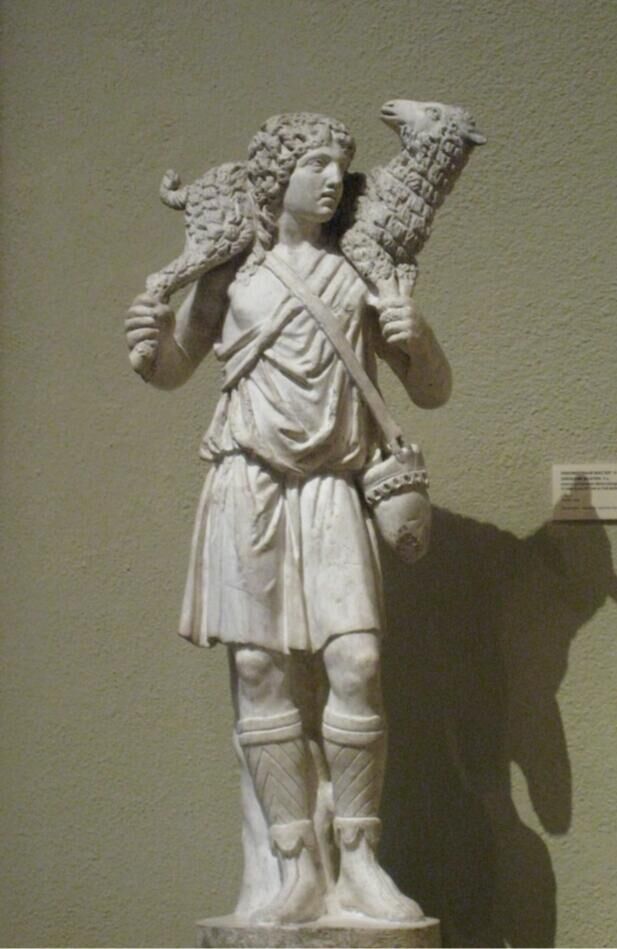
«During the period of almost two hundred years of excavations of Chersonesos, only a few examples of sculptural compositions with the Good Shepherd were added to the museum's collection, which are now part of the Byzantine exposition of the museum. The new unique find will expand our understanding of Chersonesos in late antique period,» she concluded.














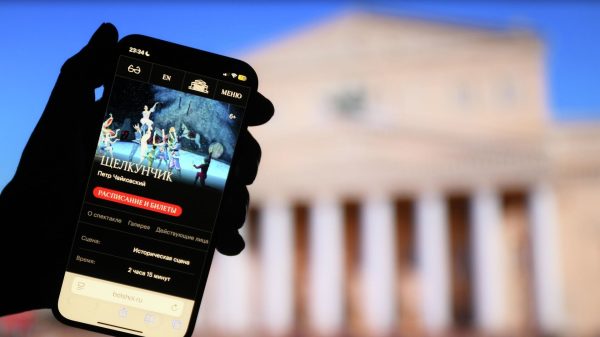
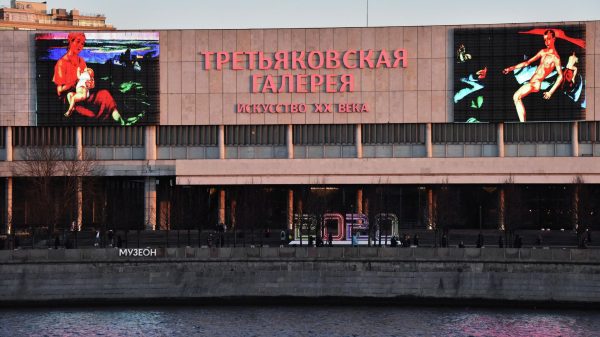


































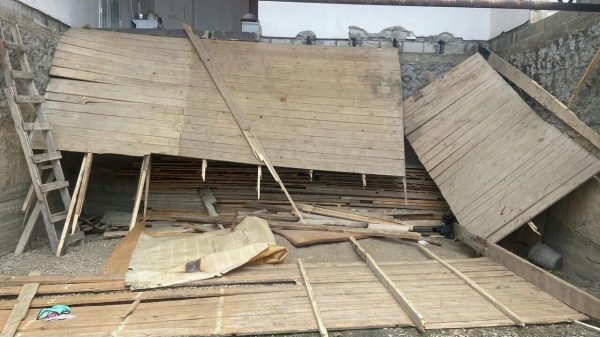
Свежие комментарии